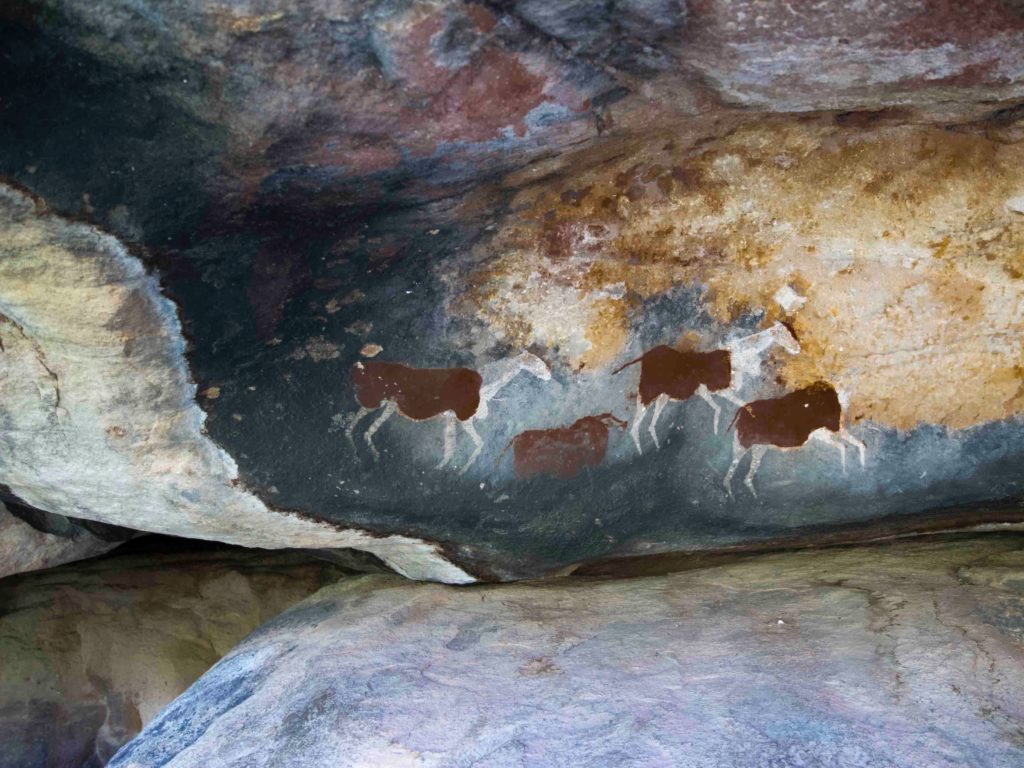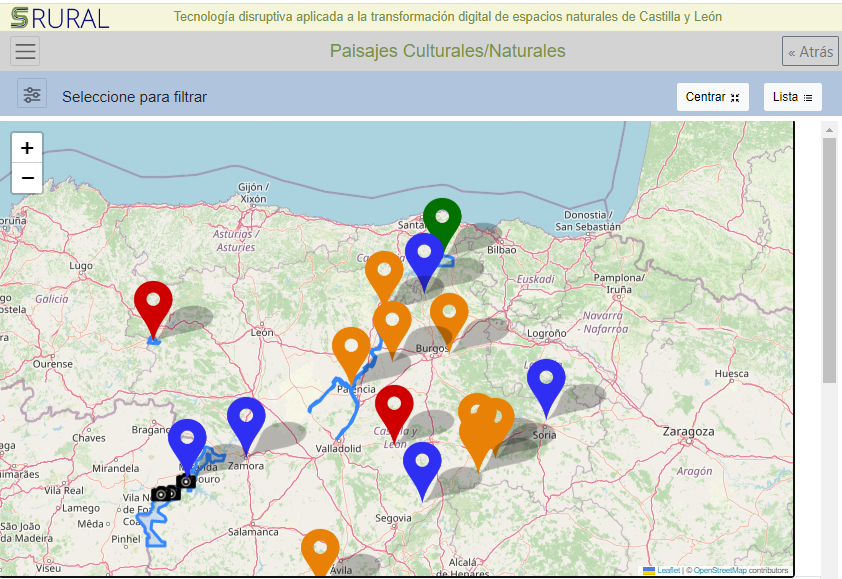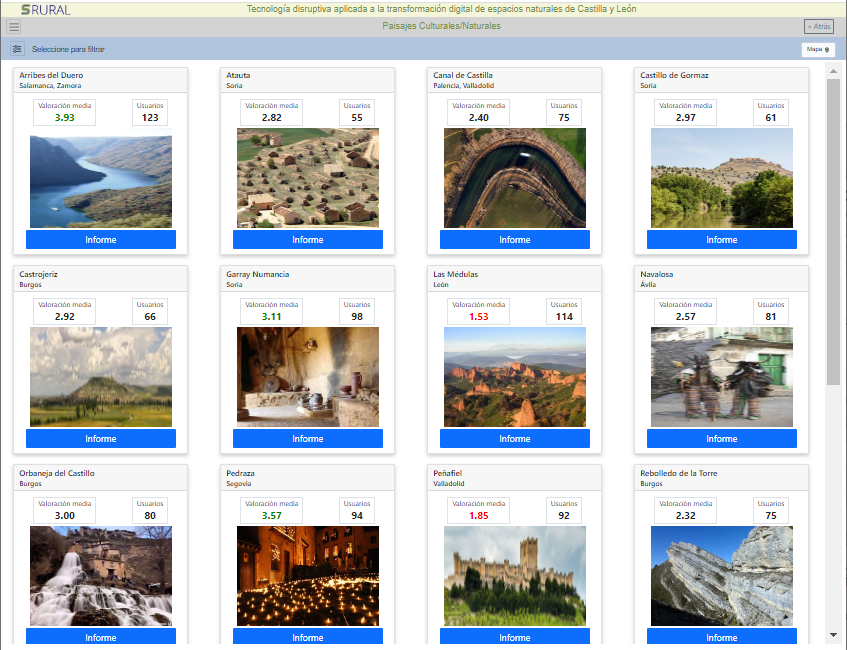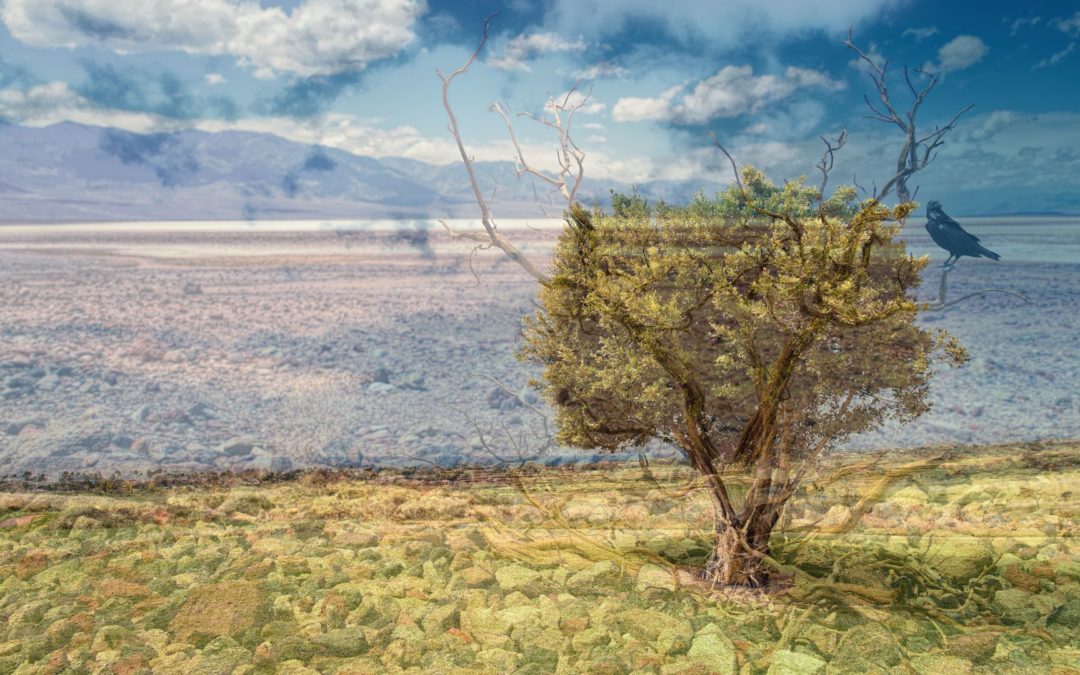Each landscape makes specific, different, unique feelings. When contemplating a meadow dotted with trees, we do feel something totally different from what we feel looking at a desert area. This also happens when facing cultural landscapes1. A Romanesque church does not make the same sensations as the ones perceived when contemplating cave paintings.


Numerous investigations conclude that there is a significant correlation between our personality and the landscape preferences. Other research argues that the human-landscape relationship has an “innate” basis, dating back to the survival needs of primitive humans, whose environment demanded perceptual abilities and predispositions, which today- at a psichological level- are still functioning. This explains why we still prefer open and slightly flat landscapes (watching predators), in addition to vegetation and good access to water (covering vital needs).
Then, it could be argued that the affective system brought into ply in landscape appraisal is a consequence of wider individual strategies concerning the personality, innate factors and the individual´s attitude towards the world (enhanced by their experiences and the society where they live).
In other words, the landscape assessment depends on factors that are totally subjective and, therefore, difficult to quantify. So what should I do if I want to measure “what we like” about a certain type of cultural landscape?
This is where the so-called “Affective Computing” pops up, which consists on the study and development of systems and devices able to recognize, interpret and process human emotions.
CARTIF, within SRURAL project, is applying this set of techniques to obtain the “affection value” of any cultural landscape (“measuring how much you like the landscape”). To this ends, a cognitive system is being developed that on the one hand uses verbal language and facial expressions as input, and on the other hand, certain physiological signals (heart rate, sweating and body temperature while you are immersed into the landscape via virtual reality glasses)
All these inputs are introduced into a neural network previously trained by means of Deep Learning2 techniques to obtain the landscape´s “affection value” as useful output.

The “affection value” is very useful for decision-making by territory managers, for instance, to guide tourism promotion campaigns towards high affection values areas, but with no significant visits number. Also for profiling and segmenting tourists according to the type o landscapes they are most likely to visit, and thus to carry out targeted and more effective promotional campaigns.
It can also be used to know when it is necessary to take corrective measures or at least carry out a stud of causes in case of a tourist interesting area with a large number of visitors has a relative low affection value.


Since the decision-makers need few but very relevant information, as much graphical as possible, all kind of useful data is displayed in the most user-friendly for them y means of geolocated interfaces. Therefore, the system under development incorporates specific modules to show the information already processed, just ready to draw conclusions, which will quickly lead them to objective data-driven decisions upon Data Mining and Big Data techniques.
1 Is the landscape combining natural and cultural heritage. It has been modified by humans to be adapted to people´s needs according to their beliefs, economic activity, and the shaped society. The most obvious examples of these modifications are traditional crops, buildings and infrastructures.
2 https://blog.cartif.es/en/deep-learning-computer-vision/
Further information about the project is on its website: https://srural.es/
- Why do we like some landscapes more than others? - 22 July 2022
- Aerial Images Treatment - 7 June 2017
- 3D digitalization of infrastructures: Guadarrama tunnels - 14 October 2016
